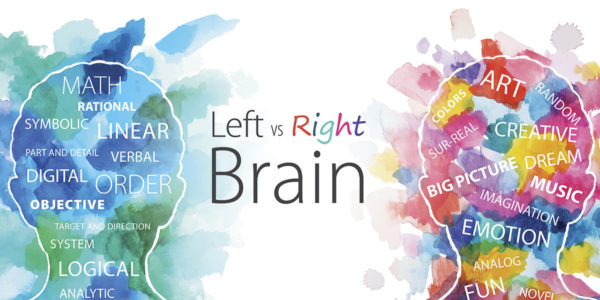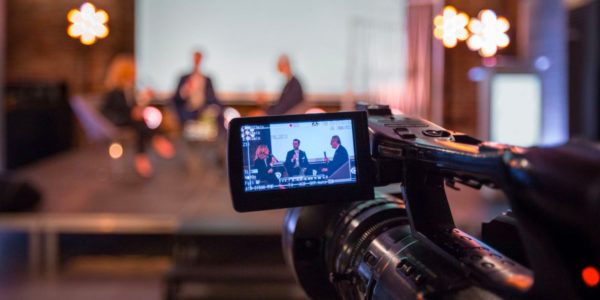Why Does Anything “Go Viral”?
A client recently asked our agency to create a viral campaign. We explained that virality is the aftermath of a campaign shared over and over again or acted upon by great numbers of people. Viral response comes in many forms, such as people posting creative or funny versions of Bernie Sanders in a chair with mittens and sweater, or the highly contagious ALS ice bucket challenge. Nothing becomes viral, until it is. Emotional, psychological and behavioral motivation bundles drive why people share content. Viral growth cascades from this. Discover the rationale for viral response and the social bundles that motivate people…
There are many emotional, psychological and behavioral motivation bundles that support people’s desire to share content. The basics of viral growth can be found in the essential feeling buckets described below.
Foundational Rationales for Viral Response
Belonging: Everyone wants to be accepted. How we are perceived for sharing anything matters. This type of meta-thinking isn’t really about oneself, but how people will feel about us after we’ve shared knowledge or experiences. The same is true when it comes to the way people feel about what we are sharing, how we are sharing it, and who we are sharing it with. There is a sense of prestige one feels from being associated with influence or being first to share something that is becoming popular.
Voice: Your communication, whether it be in the form of a video, written post or hashtag, is extremely important. It must not be about you. It needs to be about the person or audience with whom you are communicating. If you think this is difficult, you are right. Try speaking about anything without using the words “I, me or we,” and you’ll see. This paragraph, as an example, was written about you.
Friction: Are you familiar with term “friction” in content sharing? If not, it means making every effort to reduce steps and time to the ultimate action you want — which is to share. Remove any superfluous copy, visuals or steps for someone to take action. Action should be an easy click decision. Think of time in terms of expense. People’s time is literally one of their most valuable commodities.
Reward: Consider how sharing your video will bring a benefit to the sharer either functionally or by enhancing what people may think of them. Think about ways in which your product or service can work better for them if they share. Will they achieve points, be entered to win, be leveled up, get a discount or sample, receive a banner, etc.?
The best testing will focus on how much time and energy can be reduced to distributing and sharing a video, photo or written content that will benefit the sharer. Gaining full comprehension of the sharer’s emotional and psychological motivations will increase your opportunity for success.
Spotlighting: Content sharing puts the sharer in the spotlight. Sharing anything identifies you with what you are providing to the outside world. If you are happy, proud or angry about something, or chose to support it, this immediately connects you to a point of view or like-mindedness indicating that we are looking for our tribe or wish to belong.
Community-oriented shares show we are part of something or want to increase awareness of it and even attract new members. Tribalism is a dominant psychologically attractive human feeling. Many big brands and causes are effective at spotlighting to create tribal networks.
Supportive: This can be a share that brings someone joy, beauty, something less expensive, better, unique or new. We all want to appear nurturing and supportive to our family, friends and community. How you voice their needs and give them what they want allows the sharer to understand the right words to deliver the message. Keep it simple.
Instead of stating, “I saw that Bob’s restaurant is selling burgers at half price all day to people who live in Laguna Beach,” think about how you can shorten the words to get the message across faster. Such as, “Laguna Locals! Burgers 50% Off at Bob’s Today!.”
Security: All human beings’ ears perk up if they sense violence, destruction or danger. The media has capitalized on this since the dawn of time. Fear leads. Any brand or message offering sanctuary, safety, protection or well-being is shared based on these feelings. Users share these messages because they are perceived as supportive, caring, protective and in-the-know.
Familiar, Only Better: It is proven that some people are attracted by innovation. In fact, young millennials are the one target group most attracted to innovative marketing, ideas, products, causes or services. However, be aware that early adopters usually represent less than 30% of the public. If you can present something that feels familiar, yet is fresh, and better, you’ll get much more interest.
We are attracted to sharing anything appearing new, or better, rather than old or out used. People want to appear ahead of the curve. However, anything first of its kind or radically different can be perceived as strange. Sharing things too late is also a risk, since sharers can appear cliché, hackneyed or spotlight dimming.
Entertainment: Decades in the entertainment business taught us that it is not enough just to say what’s new or better. Your content must be delivered in a way that is sharable and entertaining. Does it resolve some sort of challenge or conflict? Is it changing the way we think about or do things? Is there an interesting story or personality associated with it?
People want to be entertained. The best content is often funny, awakening, insightful, dramatic, truth-telling, or simply fun. Consider the style that will best emotionally connect with and engage your audience, and why.
Key Last Thoughts
When developing viral concepts for a brand, product or service campaign, make sure to look at the emotional, psychological and behavioral motivations that support a particular target audience’s content sharing. The opportunity for viral growth begins here, and if you hit on all cylinders, you will have greater chance of experiencing your content “go viral.”
Lastly, a note on preparation meeting opportunity. Because we all know that we don’t invest in “luck.” We often tell clients to be careful what they ask for. Meaning, that based on a resoundingly successful viral campaign, will your website handle the traffic? Do you have enough product in store? What’s the back-up or support plan to cover overwhelming customer contact or social media response? You’ll be fine if you have contingency plans in place and are prepared for more success than expected. Afterall, viral responses come in many forms.
About: Los Angeles based Sagon-Phior, a full service marketing and branding agency, utilizes emotional branding to build better relationships between brands and audiences.
Emotional branding enables more effective ways to increase brand awareness, loyalty and sales while revealing insights to better understand important, often unseen, patterns of consumer behavior.
Sagon-Phior has successfully applied this unique practice to many national and global brands in technology, healthcare, banking and lifestyle industries. For more information, go to Sagon-Phior.com









